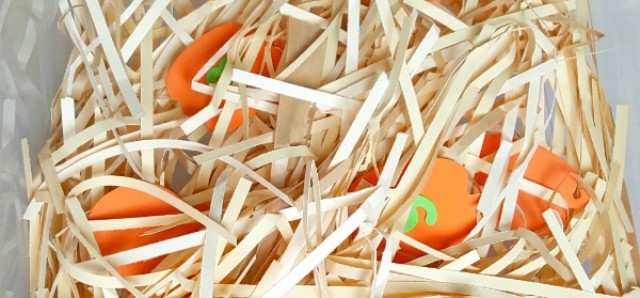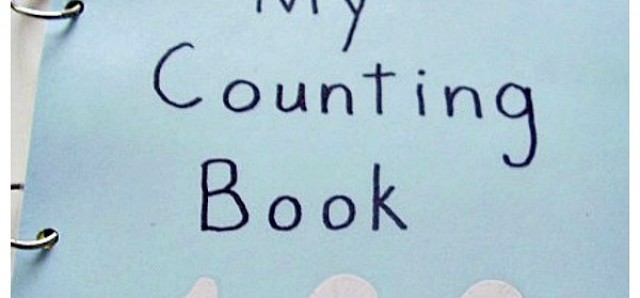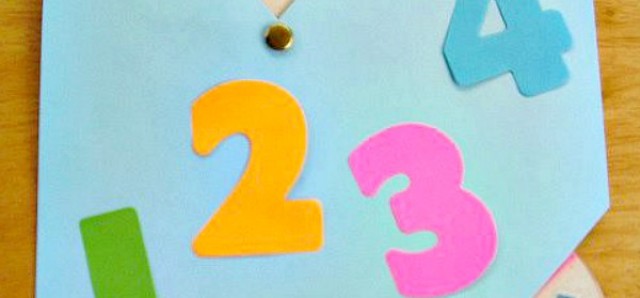Simple Clock Activities for Learning to Tell Time
Kids who are learning to tell time will have fun with a recycled clock. Make simple changes in a household clock to provide activities for both independent and teacher-led play that's hands-on and interactive.
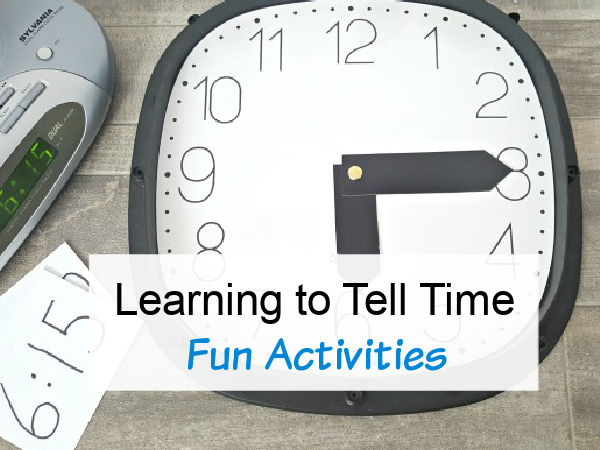
Privacy and Disclosure
for information on cookies and affiliates
What time is the appointment? How long can we stay at my friend's house?
Watching the clock is generally a daily event when raising a family.
Kids naturally pick up on the importance of telling time. They also begin to understand that 'time' has limits, especially when they would rather stay and play with their friends!
Helping kids learn to tell time can be a gradual process, beginning with recognizing numerals, and exploring lengths of time in simple ways.
- Observe the flow of sand in an hourglass, the chugging of a wind-up toy, the sweep of a clock hand.
You can easily re-purpose an ordinary clock for simple activities with preschoolers. Make simple adjustments to the clock so it's kid-friendly, then watch the play and learning unfold.
Kids will love moving the hands of the clock to indicate time of day for familiar or routine events.
Learning to tell time kids activities
There are lots of fun clocks available to purchase online - both digital and analog - to interest kids in learning to tell time.
An unused or broken clock can be recycled into a learning tool for preschoolers. Remove any glass or hard plastic coverings. Make clock hands from sturdy cardboard that can be used over and over by enthusiastic early learners.
Try these simple activities to explore time of day on a DIY recycled clock.
1. Make a simple clock
Supplies
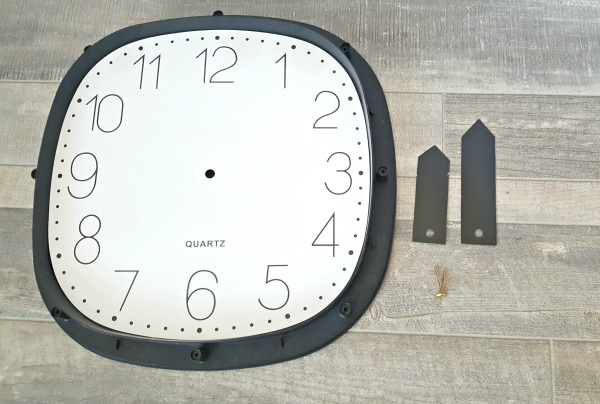
- paper fastener
Instructions for making a clock
A plastic clock with regular numerals (not Roman numerals) is ideal for this activity.
Remove any glass or plastic covering from the face of the clock. Remove the battery and other removable workings from the back of the clock.
Make the hands for the clock.
- Cut two clock hands from card stock as shown in the photo. Hole punch the end of each clock hand.
- Cover the clock hands and the face of the clock with contact paper to protect and strengthen.
Insert the paper fastener through the holes in the clock hands and then through the hole in the center of the clock.
Spread the paper fastener loosely at the back of the clock, to secure but also allow the hands to rotate freely.
2. Activities for learning to tell time
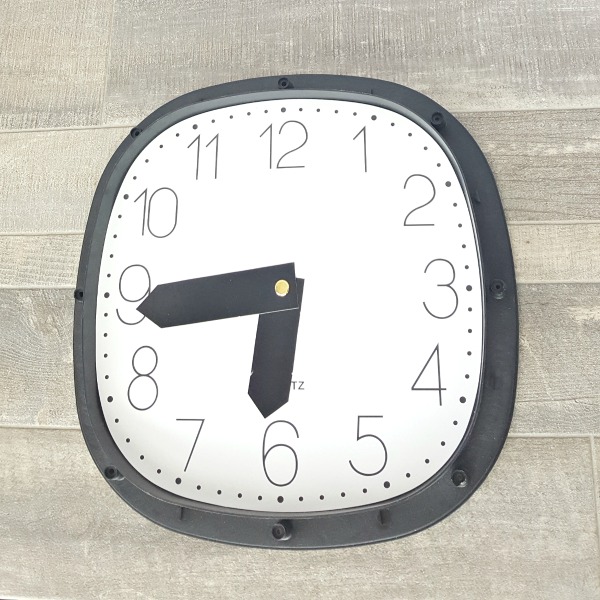
Introduce activities according to kids interests and skill levels.
- Begin with a foundation of recognizing and naming numerals. Count forward from 1 to 12 then count backward from 12 to 1.
- Point out the parts of the clock, including the hour and minute hands, and the numerals and symbols (dots) that divide an hour into minutes.
- Compare hours and minutes by talking about the time it takes to engage in familiar routines or events.
Here are some ideas for discussion:
Reading a story book might take 5 minutes; a school day might last 5 hours.
Does it take longer to wash hands or to eat lunch?
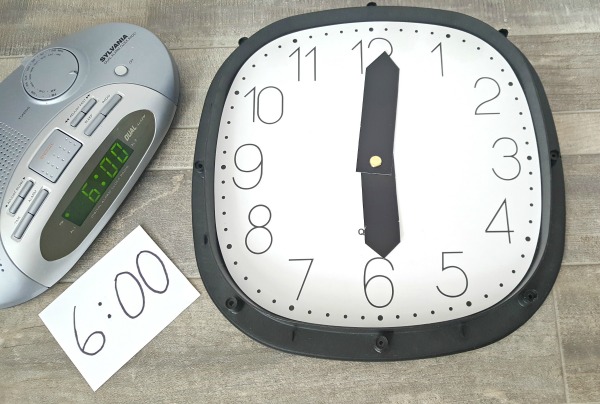
Compare digital and analog clocks.
- Place a digital clock next to the analog clock. Explain the difference between digital and analog clocks in simple terms.
- Set the analog clock to the time indicated on the digital clock. When the time changes on the digital clock, indicate the change on the analog clock.
- Clap hands or stomp feet for 1 minute. Watch for the time to advance on the digital clock and make the adjustment on the analog clock.
What other activities can you think of that only take a minute?
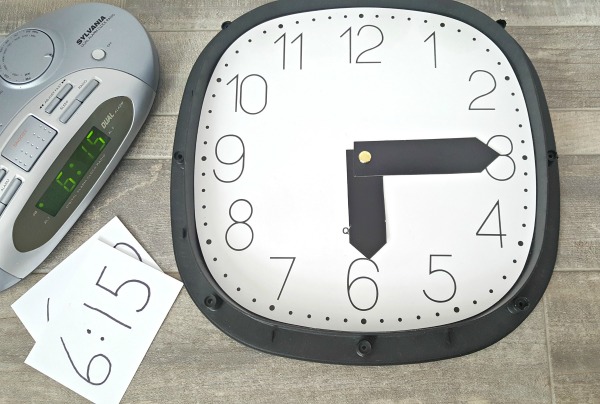
- Make a set of cards with time of day options for kids to replicate on the analog clock.
- Count by fives or tens to explore forward movement of time.
Recognizing numbers, and telling time, are important life skills. Kids can learn to develop these skills with hands-on activities like these that make learning fun and easy.

